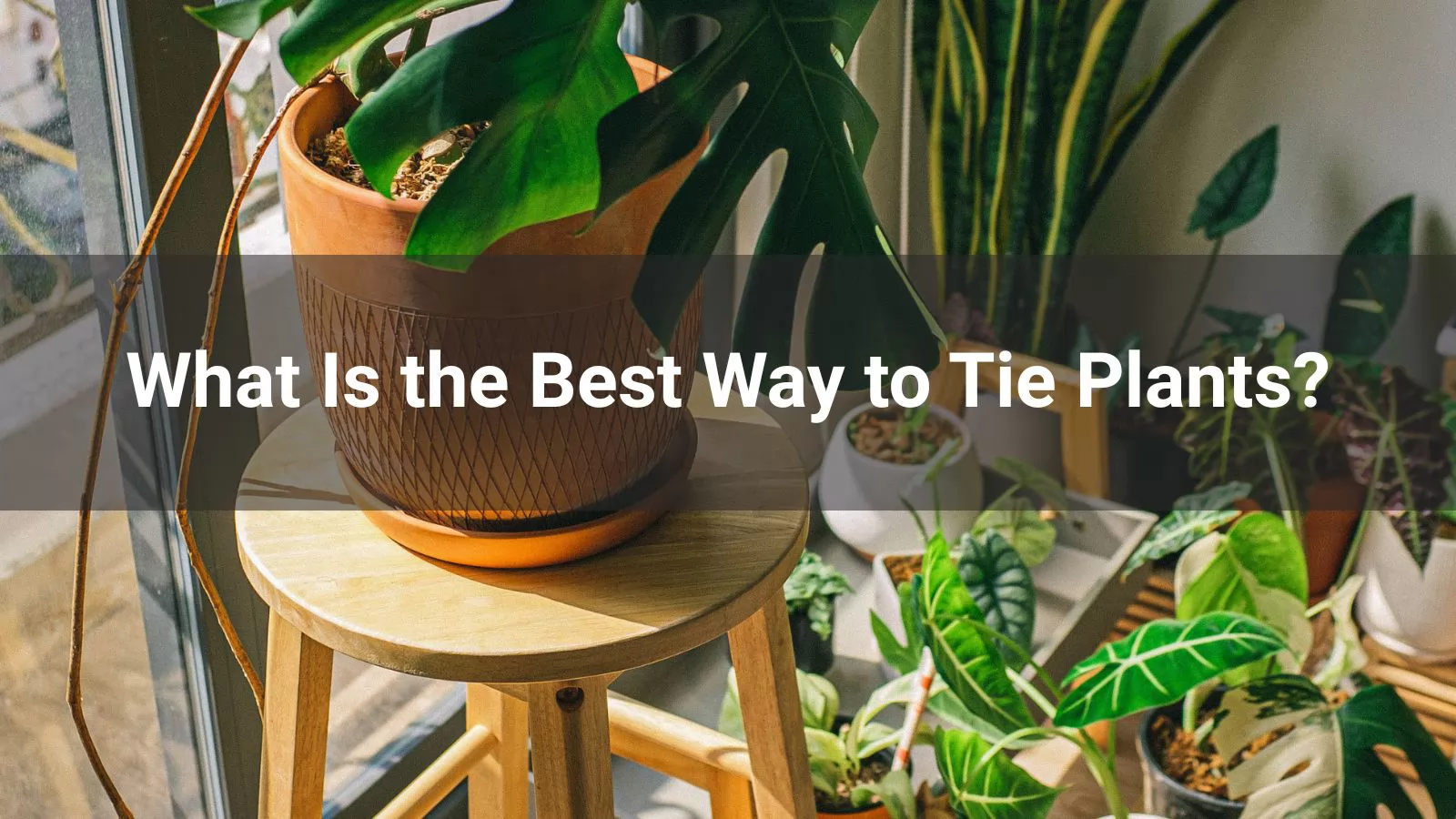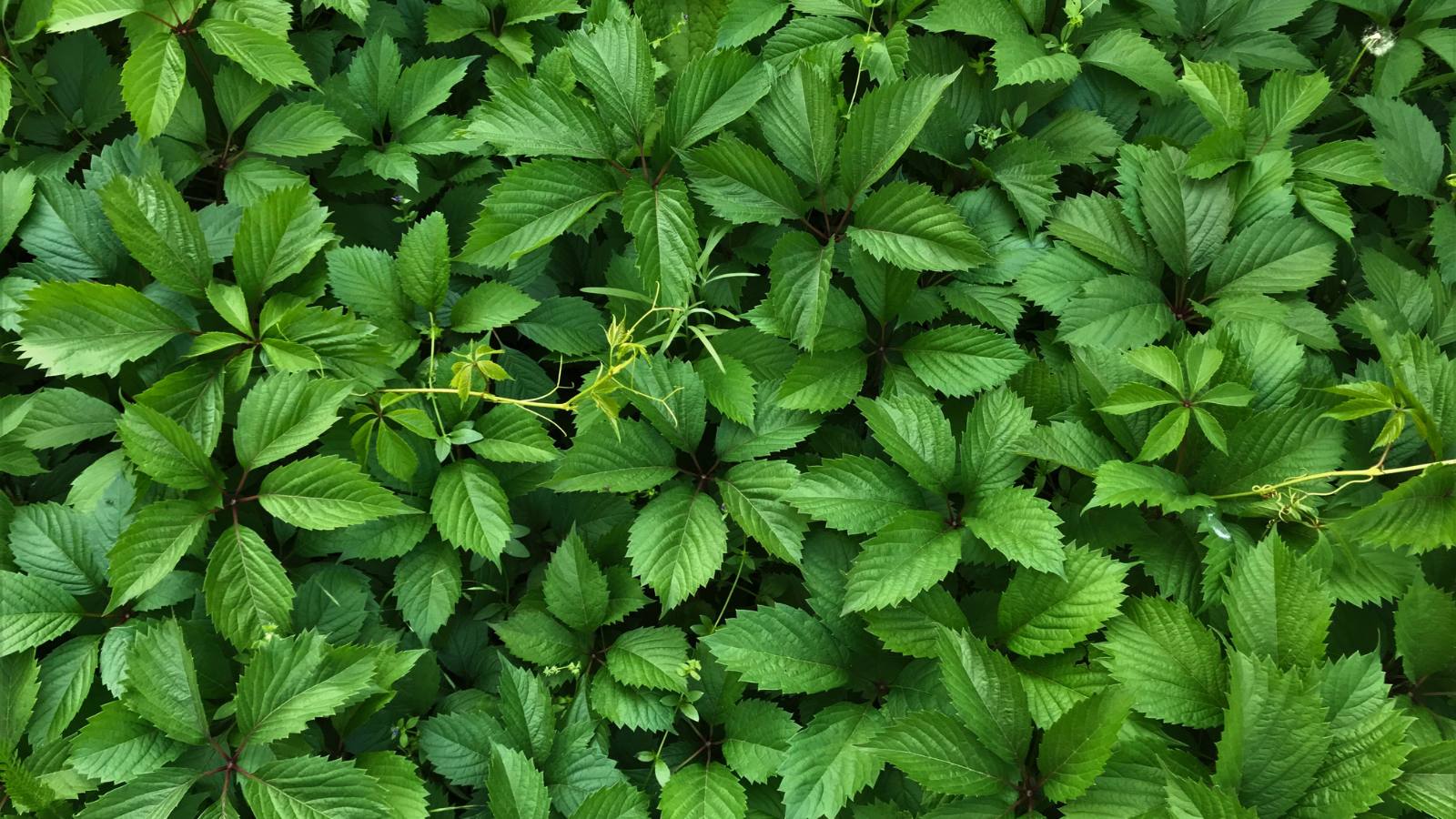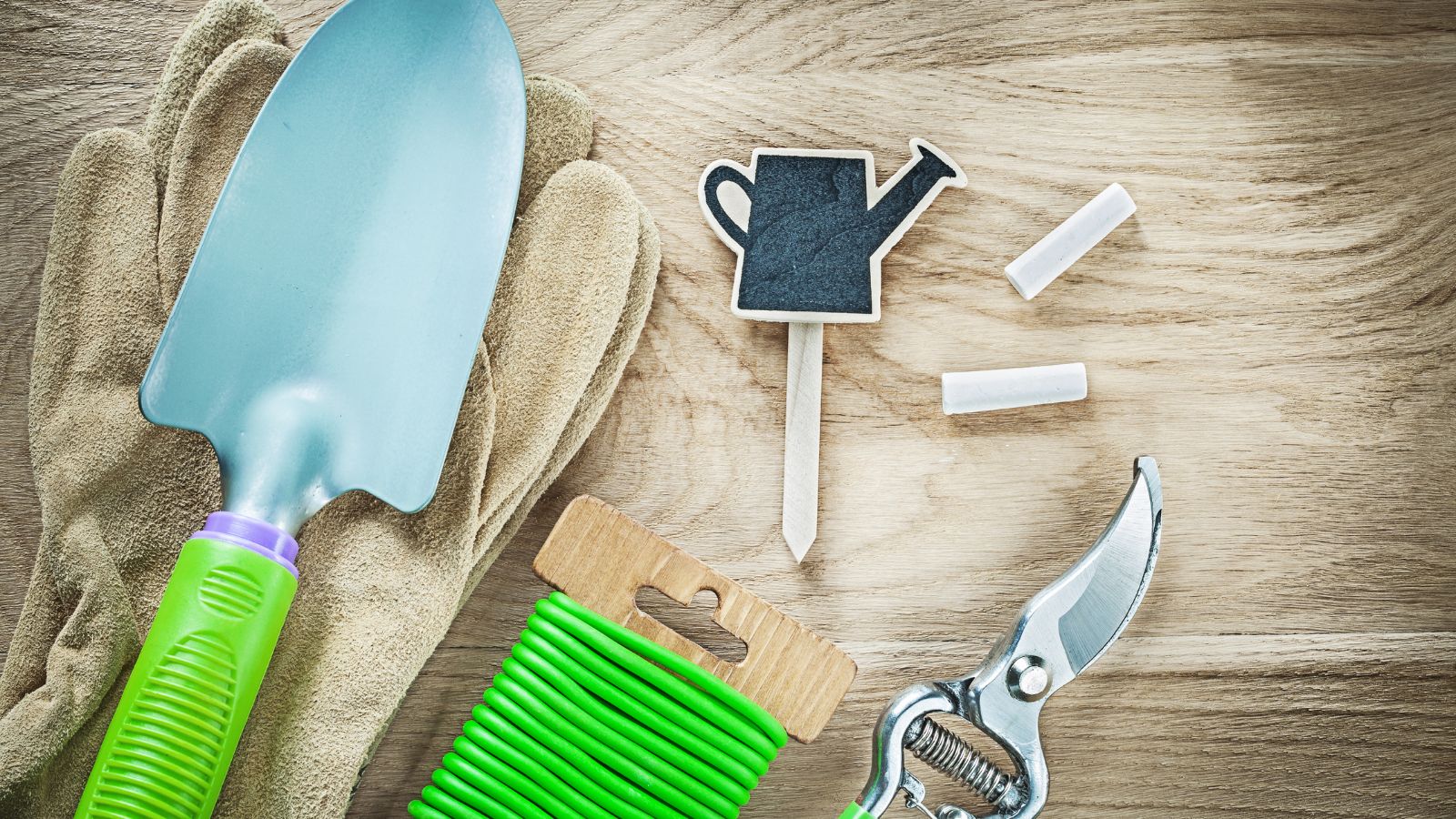
My grandmother had a sprawling garden that was the envy of the neighborhood, and she taught me the art of tending plants with care. One of her secrets? Knowing how to tie plants properly to keep them thriving. Whether you’re growing tomatoes, climbing roses, or delicate vines, securing your plants to supports like stakes or trellises is key to their health and productivity. But not all ties are created equal—choosing the right method can make or break your plants’ growth. Here’s a guide to the best ways to tie plants, using simple, effective techniques and materials you might already have at home.
As your garden flourishes, many plants—especially those that climb, sprawl, or bear heavy fruit—need extra support to stay upright and healthy. Tying plants to stakes, cages, or trellises helps prevent stems from snapping, keeps fruit off the ground to avoid rot, and promotes better air circulation to reduce disease. The trick is to secure plants in a way that supports them without causing damage. Harsh or overly tight ties can cut into stems, restrict growth, or invite pests and disease. So, let’s explore the best methods to tie plants gently and effectively.
For young or fragile plants like seedlings, flowers, or thin vines, soft ties are a must. My grandmother swore by using old pantyhose or t-shirts cut into strips. These materials are stretchy, soft, and gentle on tender stems, allowing plants to grow without constriction.
How to do it: Cut pantyhose or soft cotton fabric into 1-inch-wide strips, about 6-12 inches long, depending on the plant. Loop the strip around the plant stem and stake, tying a loose knot or bow that holds the plant securely but allows some movement. Avoid pulling too tight—think of it as a gentle hug for your plant.
Why it works: The elasticity of these materials accommodates growth, and their softness prevents damage to delicate tissues.
Pro tip: Reuse old clothing or buy inexpensive pantyhose from thrift stores for a budget-friendly, eco-conscious option.
For plants that need frequent repositioning, like tomatoes or climbing beans, twist ties are a gardener’s best friend. You can use store-bought plastic-coated wire ties or make your own by wrapping floral wire with yarn or electrical tape for extra cushioning.
How to do it: Gently wrap the twist tie around the stem and support, leaving a little slack for growth. Twist the ends to secure, but check weekly to ensure the tie isn’t getting too snug as the plant grows.
Why it works: Twist ties are easy to adjust or remove, making them ideal for fast-growing plants that need regular attention.
Pro tip: Opt for reusable twist ties to reduce waste, and always ensure the coating is soft to avoid cutting into the plant.
For larger plants like roses, grapevines, or fruit-heavy tomato plants, Velcro garden strips are a game-changer. These adjustable, reusable strips provide strong support without damaging thick stems or branches.
How to do it: Wrap the Velcro strip around the stem and stake or trellis, securing it snugly but not tightly. The beauty of Velcro is that you can reposition it as needed without retying.
Why it works: Velcro is durable, weather-resistant, and gentle, making it perfect for plants that need long-term, sturdy support.
Pro tip: Cut longer strips into smaller pieces for smaller plants to save on costs.
If you love a natural aesthetic, jute or hemp twine is a fantastic choice. My grandmother used twine for her climbing peas and morning glories, and it blended beautifully into her garden.
How to do it: Cut a length of twine and tie it in a loose figure-eight loop between the plant and support. The figure-eight shape distributes pressure evenly, reducing the risk of stem damage. Check periodically to ensure the twine hasn’t tightened as the plant grows.
Why it works: Natural twine is biodegradable, affordable, and strong enough for medium-weight plants.
Pro tip: Soak twine in water briefly before tying—it becomes more pliable and less likely to fray.
Not all tying methods are plant-friendly. Avoid using materials like fishing line, thin wire, or zip ties without padding, as they can cut into stems, restrict growth, or trap moisture, leading to rot. Also, steer clear of overly tight knots that don’t allow for movement or expansion—plants need room to grow and sway in the wind.
Check regularly: As plants grow, ties can become too tight. Inspect your ties every couple of weeks and loosen or replace them as needed.
Allow some movement: Plants benefit from slight movement, which strengthens their stems. Don’t tie them so tightly that they’re rigid.
Match the tie to the plant: Delicate plants need softer ties, while heavier plants require sturdier options.
Reuse and recycle: Old clothes, rags, or even yarn scraps can be repurposed into effective plant ties, saving money and reducing waste.
Consider the weather: In windy areas, ensure ties are secure but not so tight that they cause the plant to snap in strong gusts.
Tying plants is a small but mighty part of gardening that can make a big difference in your plants’ health and yield. By choosing the right materials and techniques—whether it’s soft fabric strips, adjustable twist ties, Velcro, or natural twine—you can support your plants without harming them. My grandmother’s garden thrived because she treated her plants like family, giving them the gentle care they needed to flourish. With these tips, you can do the same, creating a vibrant, healthy garden that’s a joy to behold.











We use cookies to make the website work, to provide advanced features, social media and traffic analysis, and we use analytics and third-party advertising cookies. If you choose to click "Deny All", you will retain the default setting of not allowing the use of cookies or other tracking tools other than technical tools.



